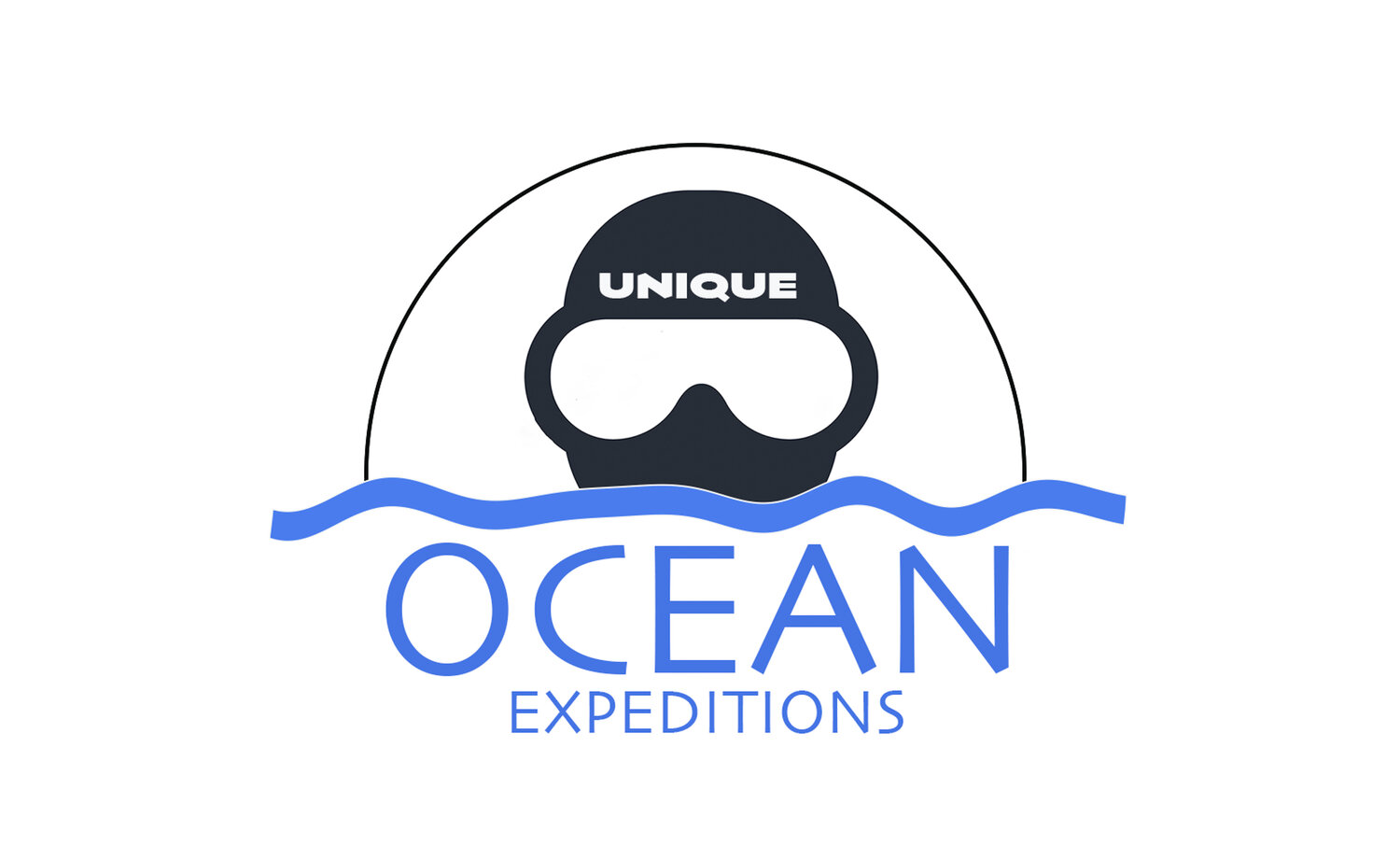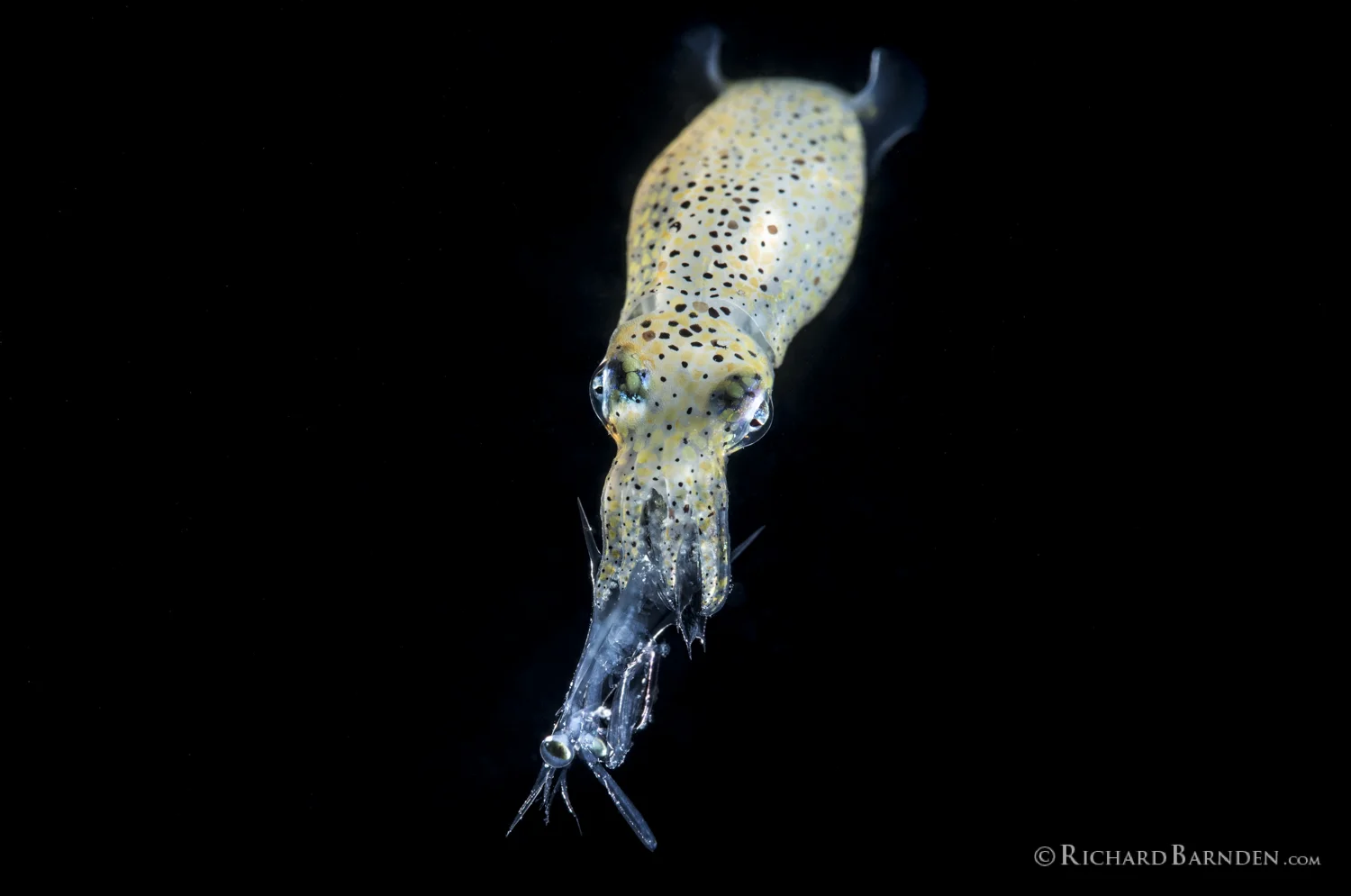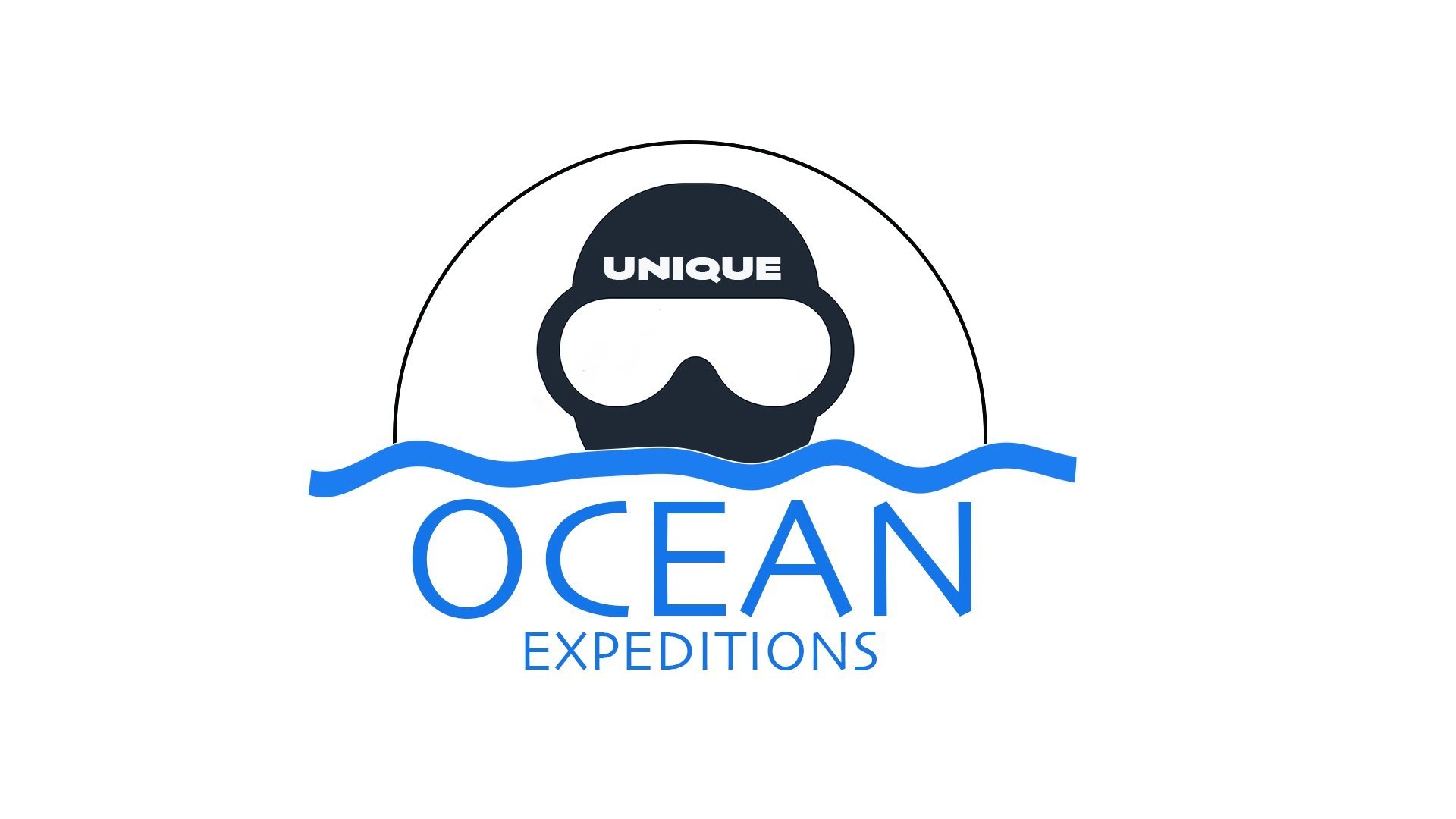A "cenote" is a natural sinkhole created where a cave ceiling has collapsed. The Mayan considered cenotes to be an entrance to their "underworld" where their gods live and their spirits reside after death.
A combination of geologic events and climatic change has led to the development of these unique ecosystems. Millions of years ago, the Yucatan peninsula was a giant reef set under several feet of ocean water. During the last ice age, the ocean level dropped (water levels were approximately 300 feet lower than their present day levels), exposing the reef to the surface. The coral died, and jungle grew over the mile thick limestone platform created by the coral reef. Massive cave systems were formed, inside the caves the geological formations such as stalactites hang from the cave's ceiling, and stalagmites, which extend upwards from the cavern floor. Many of the caverns eventually collapsed and when the Ice Age came to a close 18,000 years ago, the climate of the planet warmed up, the glaciers receded, and the caves flooded as sea levels rose. Carbon dating of artifacts found in some area caves shows them to have been visited by humans over 9,000 years ago.
DIGITAL OCEAN EXPLORERS collaborates here with ONE DROP MEXICO to take you through some of the best cenotes around Tulum during your seven day expedition. Your Expedition Leader and Photo Pro Richard Barnden will be giving in depth presentations along with Photography workshops throughout your trip.
EXPEDITION LEADER / PHOTOGRAPHER
RICHARD BARNDEN - RICHARD BARNDEN PHOTOGRAPHY
EXPEDITION DATES
2020 : 15TH - 20TH AUGUST
2021 : 05TH - 10TH AUGUST
LANDBASED - EIGHT GUESTS MAX
TRIP ITINERARY
TOUR OPERATOR / LOCAL EXPERT
LANDBASED - SOLITUDE WORLD / ACACIA RESORT
Day 1 - ARRIVAL - CHECK IN
Day 2 - Cenote Ponderosa
Day 3 - Cenote Taj Ma Ha
Day 4 - Cenote The Pit
Day 5 - Cenote Dos Ojos
Day 6 - Cenote Nicte Ha
Day 7 - Cenote Maravilla and Siete Bocas
Day 8 - DEPARTURE - CHECK OUT
AIRPORT ARRIVAL LOCATION - MANILA / PHILIPPINES
AIRPORT - HOTEL TRANSFERS INCLUDED
PRICE - $3000
LANDBASED - $2500 INCLUDES ACCOMMODATION
DEPOSIT - $1000
INCLUDES
8 days of Diving
Lunches
Transport to and from Diving Shop
Airport Transfers
Photography workshop with Richard Barnden
EXCLUDES
International & Domestic Flight
Meals other than Lunch
Park Permits
Gratuities
Rental and Dive Gears
LANDBASED DIVING
SOLITUDE WORLD / ACACIA RESORT
RESORT ACCOMMODATION
SOLITUDE ACACIA RESORT
DIVE SITE INFORMATION
WATER TEMPERATURE - 27c / 85F
WETSUIT - 3mm / 5mm
Twin Rocks – Home to a great school of jackfish, this site is at an easy 20m with a vast coral garden.
Cathedral – One of the most famous of all Anilao’s dives, the site is so named because of a concrete cross that sits at 15m in between 2 huge boulders teeming with marine life. The cross was brought down in the 80’s after it was blessed by Pope John Paul II.
Secret Bay – At some point, Secret Bay may have defined the kind of diving one could expect to do in Anilao—muck, with the craziest assortment of rare critters to be found. Most of the critters can be found at around 5m, but you can go as deep as 30m and still find things of great interest.
Basura – Like Secret Bay, Basura (which means trash in Filipino), is a favorite among underwater photographers. Situated on the shore of one of the local communities, the site was so named after the trash that found its way there from the human inhabitants. This however, no longer holds true as the local community had taken a stand to protect the site. The trash is no longer there, but the critters remain.
Beatriz Rock - A sea mound beside Sombrero Island, the shallow reef starts a mere 6m with a sandy bottom at around 20m. Best with slight current and the bright sun.
BLACKWATER NIGHT DIVING
WHAT IS BLACKWATER ?
Blackwater Night diving started commercially in Hawaii more than 10 years ago, and this is where we first started to gather our information to try it in Palau. The original concept consist of diving offshore in the middle of the ocean at night and jumping into the abyss. By hanging lights at around 15m for a stable reference depth and drifting over a contour of a 1000 meters or as deep as you can, microscopic zooplankton rises from the depths bringing with them an array of magical creatures. Post larval stage fish and juvenile undeveloped species come into the lights to feed, gelatinous pelagic invertebrates, jellies, comb jellies, ctenophores, pelagic gastropods and pelagic cephalopods to name but a few. Its the biggest migration of animals on the planet and it happens every night. Around one hundred million tones of bio mass rises from the mesopelagic layers (so deep that light cannot penetrate) to the epipelagic layers (close to the surface) to feed and respire on richer concentrations of oxygen.
WORKSHOP SKILLS
RICHARD BARNDEN from Richard Barnden Photography will be leading this expedition and sharing his knowledge and skills of shooting the Cenotes. Each evening Richard will give in depth presentations about the following days diving along with photography tips on settings and compositions.
The cenotes is one of the best places in the world to shoot those classic cavern shots with eye catching beams of penetrating light. Each day we will explore a new cenote and concentrate on capturing its beauty.
SKILLS EXPLORED
Equipment and Photographic Gears
Cave Environments
Lighting - Ambient Light
Lighting - Strobes vs Continues light
Settings and Compositions








































